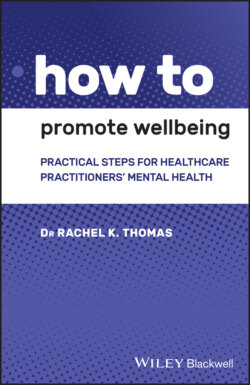Читать книгу How to Promote Wellbeing - Rachel K. Thomas - Страница 12
Problem factor: Multiple potential impacts on individual mental health
ОглавлениеThe biopsychosocial (BPS) model framework is used to explore how a mental health condition has arisen.9 The BPS model outlines the broad scope of areas that impact on our mental health, and systematically shows their inter‐connections. According to this framework, there are various interconnected components that contribute to mental health conditions. These include the biological, the psychological, and the social. It shows that social parameters, the surrounding personality, and our emotional tone, as well as many other aspects all influence our mental health.10
Some factors include (Figure 1.2):
Biological: age, genetics, gender, disability, co‐morbid disease
Psychological: beliefs, attitudes, self‐perception, self‐esteem, coping skills
Social: friendships, occupation, employment, family relationships, social support systems, socioeconomics.
Figure 1.2 The biopsychosocial model indicates the interconnectedness between biological, psychological, and social factors that influence mental health.
Some of these aspects are modifiable; for example coping skills are highly modifiable.
Neurobiology and genomics research provide strong evidence on the complexity of the expression of mental health conditions. A simple, linear cause and effect model rarely, if ever, can explain a mental health condition. Instead, it is more like a looping and complex chain of multiple causes and effects.10
In recognising areas that impact on our mental health, we can identify those that we can improve in order to help protect and promote our mental health. Therefore, this framework presents a way to not only look at factors that negatively affect our mental health, but to also highlight areas that contribute positively to our mental health.
